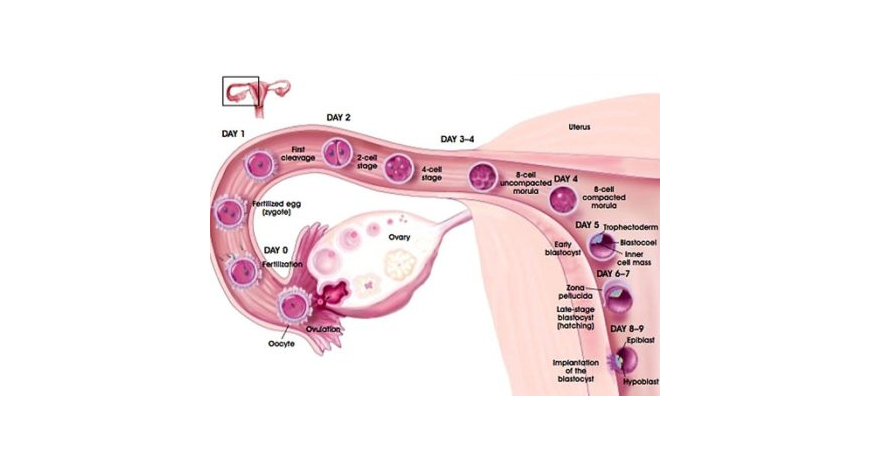
Ovulation induction is a treatment for irregular ovulation or anovulation(ovulation not happening at all), an infertility condition in which follicles in a woman’s ovary do not mature and release eggs.
Anovulation can be caused by
Approximately 25% of female infertility cases are due to problems with ovulation.So, ovulation induction can be a beneficial and cost-effective first treatment.
Ovulation induction is typically achieved with a variety of medications that stimulate the ovary to produce and release eggs.
It is the process of using medications to stimulate the ovulation in women.
Normal ovulation occurs around 14th day of a regular 28 days cycle. If your cycle length is anywhere between 24-35 days, it is acceptable and suggests a normal ovulation.
When the cycle length is more than 35 days or is unpredictable, it is considered to be irregular.
The goal of ovulation induction is to increase a woman’s chances of conceiving a child either through sexual intercourse or by using intrauterine insemination(IUI).
They are a variety of hormone-based medications to regulate a woman’s reproduction hormones and increase the chances of ovulation.
They could be either oral or injectables.
It is usually one of first treatments used for infertility because it is non-invasive and relatively low cost compared with other fertility treatments.
Clomiphene and gonadotropin(injections) use is not associated with an increased risk of birth defects.
It is also very clear after years of clinical use that women taking ovulation inducing drugs may not be at increased risk of ovarian cancer.
